Business
Samsung faces tear-jerking profit sink
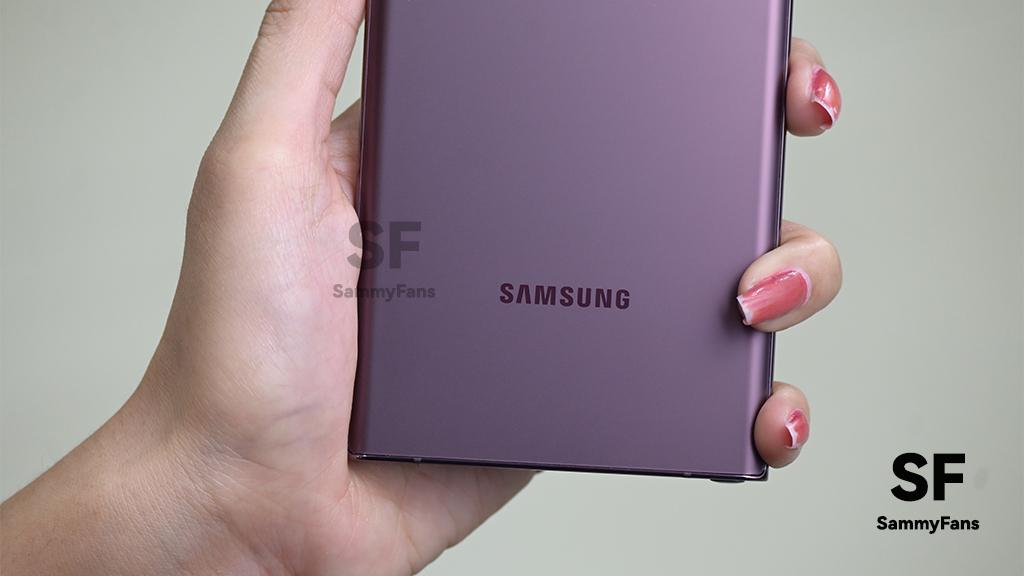
Today, Samsung officially declared its consolidated Q4 2022 results of KRW 70.46 trillion in sales and KRW 4.31 trillion in operating profit. Compared to Q3, Samsung Elec reported an 8.2% fall in profit with 70.46 trillion won in sales, however, sales continued to record a record high on an annual basis.
First comes, the Device eXperience (DX Division), which reported sales of 42.71 trillion won and an operating profit of 1.64 trillion won in the fourth quarter. Second, the MD Division saw both sales and profits decline due to slowing smartphone sales and weak demand in the mid-price market.
Follow Sammy Fans on Google News
Further, the company disclosed that the Device Solutions (DS Division) recorded sales of 20.07 trillion won and an operating profit of 0.27 trillion won in 4Q22. Earnings of the memory business declined significantly as the price fell sharply due to customers’ continued inventory adjustments.
Join Sammy Fans on Telegram
Samsung System LSI’s revenues sink because of sluggish sales of major products due to inventory adjustments in the industry. However, the foundry business recorded the highest quarterly and annual sales by expanding sales for major customers and increased profits year-on-year by expanding production capacity.
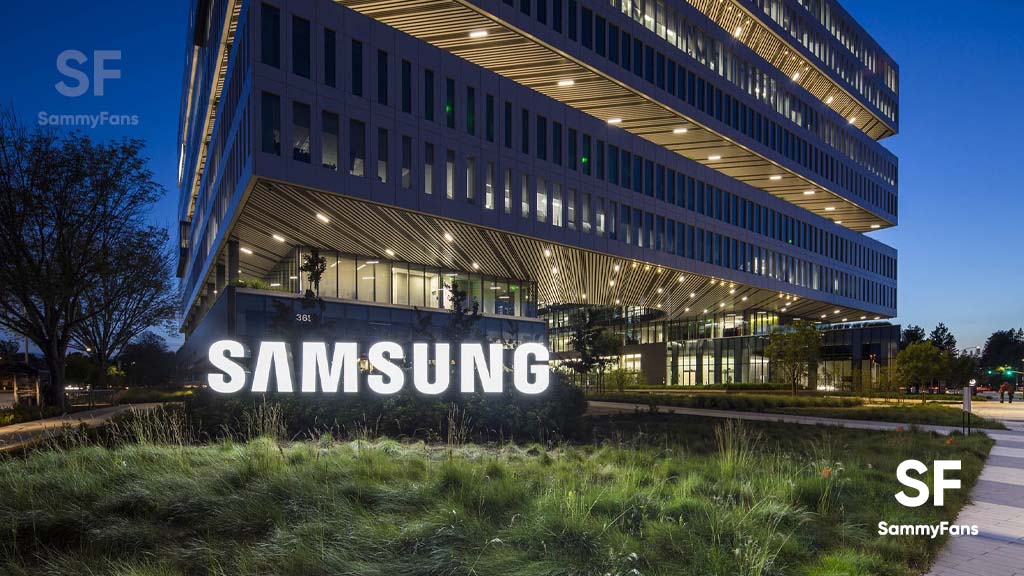
SDC: Samsung’s SDC business registered KRW 9.31 trillion in sales and KRW 1.82 trillion in operating profit. Since earnings for the small and medium-sized segments decreased QoQ, solid performance was achieved thanks to sales focused on flagship products such as QD-OLED for TVs.
Plans for Q1 2023
- Memory
-
- Plans to expand preparations to meet demand for DDR5 for servers and PCs
- Actively responding to demand for mobile high-capacity products such as LPDDR5x
- System LSI
- Expand sales of mid-to-low-priced SoC (System on Chip)
- Expand sales of 200MP image sensors
- Expand the supply of SoC for vehicles to European premium OEMs and self-driving products.
- SDC
- Actively respond to the demand for new products in the case of small and medium-sized TVs
- Securing additional demand for large screens by launching new super-large TVs and large-sized monitors.
- MX
- Expand sales of flagships such as Galaxy S23 and continue to strengthen sales of premium tablets and wearable products
- Network
- Focus on responding to new businesses
- Strengthening global business base in North America as well as South Korea
- Foundry
- Increase new customer orders for the 2nd-generation 3nm process based on its competitiveness in the next-generation GAA process
- Strengthening its technological competitiveness by focusing on the development of the 1st-generation 2nm process
Read More:
Apple won the battle but Samsung won the war of 2022 smartphone market
Samsung knocks all smartphone rivals off their perch, Apple too!
Business
Samsung leads Q3 smartphone market, Huawei’s entry haunts Apple
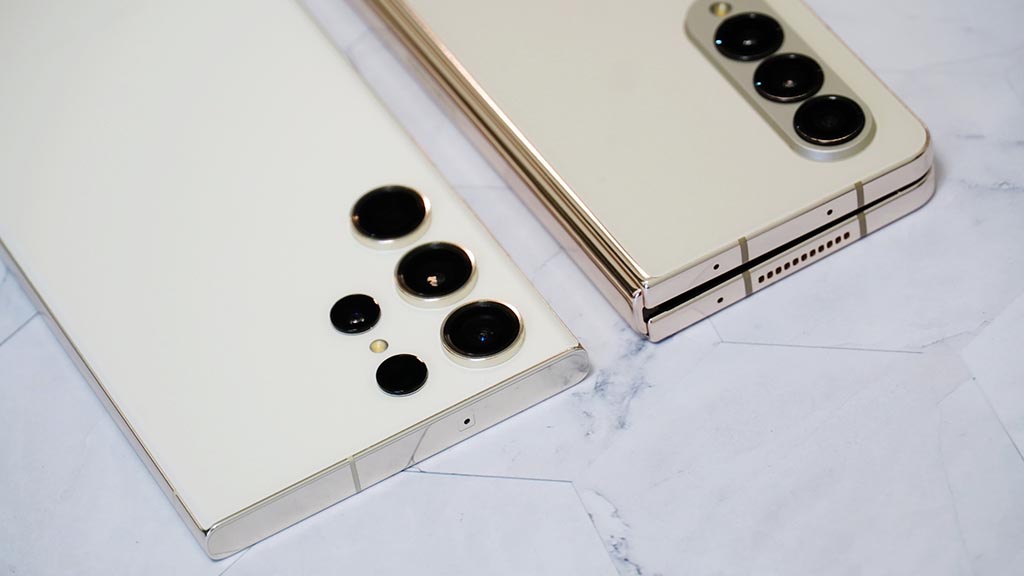
Samsung ranked first in market share in the global smartphone market in Q3, 2023. TrendForce report says that Samsung led the global Q3 smartphone market, recording a market share of 19.5%.
Overall production in the third quarter increased by 11.5% compared to the previous quarter to 60.1 million units. During the same period, Apple’s production increased by 17.9% to 49.5 million, thanks to iPhone 15.
Follow our socials → Google News | Telegram | X/Twitter | Facebook | WhatsApp
Third place was taken by Xiaomi (13.9%), followed by Oppo (12.6%) and Transion (8.6%). 6th place is Vivo (8%). Meanwhile, global smartphone production reached 308 million units, a 13% increase compared to the previous quarter and a 6.4% increase from the previous year.
Huawei’s re-entry into the flagship smartphone market targeting Apple has had a significant impact in China. Huawei is aiming to expand its high-end flagship series, focusing on the Chinese domestic market next year, so Apple “We plan to attack directly”.
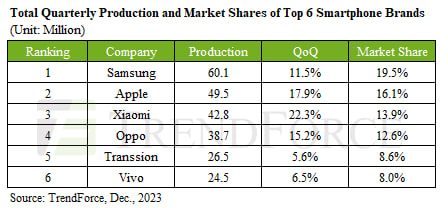
// Source
Business
Underdog phone brand jumped 50%, Samsung and Apple lost ground

In Q3 2023, Samsung and Apple’s market share slightly declined, while an underdog Chinese phone brand appeared on the top 5 chart. In a recent development, Canalys published market research data for the third quarter, revealing Tanssion as the fifth best-seller globally.
According to the info, Samsung and Apple lead total sales with 20% and 17% market share, yet both have fallen from their 22% and 18% levels in 2022. However, Tanssion, the maker of Tecno, Itel, and Infinix phones, climbed from 6% global market share last year to 9% in 2023, a 50% jump.
Follow our socials → Google News | Telegram | X/Twitter | Facebook | WhatsApp
Apart from this, Xiaomi matched last year’s share only by “recovering” from a terrible first half of 2023. At the same time, OPPO has fallen steadily over the past two years, while fellow BBK brand vivo lost the top-5 slot it’s owned for years.
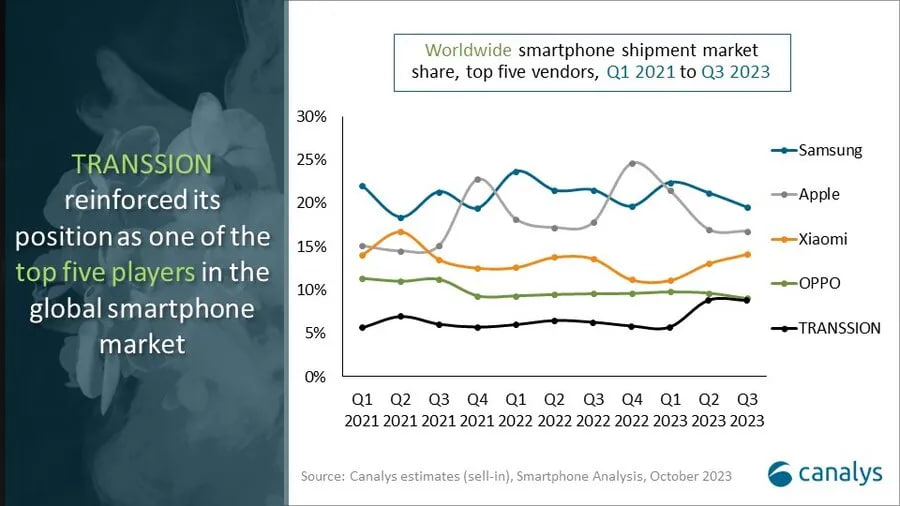
Overall, the global smartphone market underwent a slight drop of 1% in Q3 2023. Bolstered by regional recoveries and new product upgrade demand, the smartphone market recorded a double-digit sequential growth in Q3, ahead of the sales seasons.
Business
Samsung enjoyed 2023’s last victory over Apple?

Recently, research agency Counterpoint Research published their latest analysis. The report reveals that Samsung continued its leadership in the third quarter of 2023, while Apple remained in the second spot. However, both OEMs faced a decline of 1 percent year over year.
According to CR, slower consumer demand is the main factor in the dwindling sales. The market did see a slight 2 percent growth in Q3 compared to Q2, likely driven by last month’s iPhone 15 series launch. Samsung secured 20 percent market share, while Apple grabbed 16 percent sales.
Follow our socials → Google News | Telegram | X/Twitter | Facebook | WhatsApp
The Galaxy A-series was the key driver for the South Korean smartphone maker. Apple came in second with 16 percent of the market while Xiaomi rounded out the top three with its 12 percent share. Oppo (10 percent) and vivo (8 percent) were the remaining brands in the top five charts.

The newly released iPhone 15 series will help Apple score a lead over Samsung in the fourth quarter of the year. The results will arrive by early next year, and it’s expected that the US phone maker could surpass Samsung. Major camera upgrades and USB-C helped Apple register strong sales.










